At the end of the 19th century the classicists Bernard P. Grenfell and Arthur S. Hunt were comissioned by the Egyptologist George Reisner to conduct excavations for the University of California, Berkeley, in the Fayum, a semi-oasis that is located about 100 klms south-west of Cairo.
Then, as in later times, the most sought after texts were those written in Greek, for it had been discovered that remnants of Greek literature, biblical snippets, and other texts of this era – including those written in demotic – might be contained in these later manuscripts – an issue to be taken up in a future blog.
Grenfell and Hunt’s first objective was the town of Tebtunis itself. In the course of a few weeks they rummaged through the remains of the town and through the remains of a temple complex, which would turn out to be the temple of the crocodile god Soknebtunis (“Sobek, lord of Tebtunis”).
In both locations they found a wealth of papyrus, allowing George Reisner to report to Mrs. Hearst on 2 January 1900, that he was “very happy to report extraordinary success on the part of Grenfell and Hunt in the Fayum,” having found “nearly as much as in any ordinary year.”
In early January 1900, Grenfell and Hunt moved to the huge necropolis in the desert south of Tebtunis. Here they sought human mummies, in particular the cartonnage covering these mummies.
A few years earlier, this cartonnage had been proven to be a possible source of texts, when Sir Flinders Petrie discovered that discarded papyri were sometimes employed in its manufacture (think “papyrus mâché”), especially during the later periods. Grenfell and Hunt unearthed more than fifty mummies in whose cartonnage discarded papyri had been used
… on January 16, 1900, one of Grenfell and Hunt’s workmen, “disgusted at finding a row of crocodiles where he expected sarcophagi, broke one of them in pieces and disclosed the surprising fact that the creature was wrapped in sheets of papyrus.”
After this discovery, Grenfell and Hunt devoted the remainder of the season to clearing out part of the crocodile cemetery. Although they unearthed more than 1,000 of these mummified reptiles, only 31 appeared to have been mummified with the help of discarded papyri…
Source: History of the Tebtunis Papyri, The Bancroft Library, UC Berkeley.
Grenfell and Hunt take up the details of their exciting discoveries in The Tebtunis Papyri, Part 1, 1902, stating that –
Of the large collection of papyri found by us in the winter of 1899-1900 at Umm el Baragit (the ancient Tebtunis), when we were excavating for the University of California, Berkeley with funds generously provided by Mrs. Phoebe A. Hearst, that portion which was obtained from the mummies of crocodiles dating from the second and first centuries B.C. was published by us in collaboration with Prof. J. G. Smyly in 1902.
Fayum (semi) oasis, south-west of Cairo; Tebtunis is located just above Oxyrhynchus, left side. Source – http://www.athenapub.com
It is from this first season of digging that Grenfell and Hunt translated and published volume one of their work in 1902. The first manuscript that they translated and described – P.Tebt.0001 (2) Recto – contains several lines of a Greek poem and other materials, as discussed below:
Lines 1-4 [of the papyrus; a few lines of the manuscript are above and in the header] appear to be an address by Helen [of Troy] to her husband Menelaus, who had brought her back from Troy, but was now in his turn deserting her.
If so, however, the writer was following a tradition which has not otherwise survived, for Menelaus and Helen after the fall of Troy are elsewhere represented as having lived … in harmony at Sparta.
This is followed (11. 5-11) by an elaborate description of a woodland solitude, frequented only by singing birds and humming bees, the latter being distinguished by an extraordinary accumulation of epithets…
Source – The Tebtunis Papyri, Part 1, 1902, edited by Bernard P. Grenfell, Arthur S. Hunt, and the assistance of J. Gilbaret Smyly
Adult crocodile mummies containing papyri that were excavated at Tebtunis, 1900. Source – Egyptian Exploration Society.
O sweet delight you did seem to me, when you loved me, when – with hostile spear – you did sack the Phrygians’ city, desiring to take me only as your spouse back to your native land;But now, heartless one, will you depart, leaving me a lonely wife, . . . for whom went out the band of the Danaids*, for whose sake Artemis carried off the unwed maid, Agamemnon’s victim?
The brown birds singing hard-by through the wood deserted of commanders, perched on the topmost branches of a pine, chirped and twittered in mingled chorus, some beginning, others pausing, others silent, others in full song;
Then the hills speak with voices, and chattering Echo, lover of solitude, answers in the dells;
The willing busy bees, blunt-faced and dusky-winged, summer’s thronging toilers, who leave their sting behind, deep-toned, workers in clay, full of eagerness, unsheltered, draw out the sweet nectar, honey-laden.
In admonishing a lover you are ignorant that you are seeking to quench a smoldering fire with oil.
A lover’s spirit, as a torch fanned by the wind, is now ablaze, and now again dies away.
We are drunk with drinking and no longer in our senses, and love has consumed me with …. that are like fire…
Source – As above
The Danaides kill their husbands, miniature by Robinet Testard. Source- Wikipedia* Danaus agreed to the marriage of his [50] daughters only after Aegyptus came to Argos with his fifty sons in order to protect the local population, the Argives, from any battles. The daughters were ordered by their father to kill their husbands on the first night of their weddings and this they all did with the exception of one, Hypermnestra, who spared her husband Lynceus because he respected her desire to remain a virgin. Danaus was angered that his daughter refused to do as he ordered and took her to the Argives courts. Lynceus killed Danaus as revenge for the death of his brothers and he and Hypermnestra started the Danaid Dynasty of rulers in Argos.
The other forty-nine daughters remarried by choosing their mates in footraces. Some accounts tell that their punishment was in Tartarus, being forced to carry a jug to fill a bathtub (pithos) without a bottom (or with a leak) to wash their sins off. Because the water was always leaking they would forever try to fill the tub. …

The 49 sisters endlessly carrying water,to fill a tank that has holes. Source – 1034s uwm.edu danaids










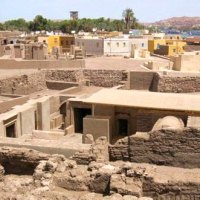
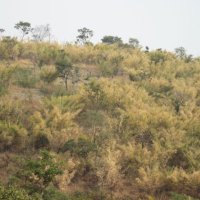
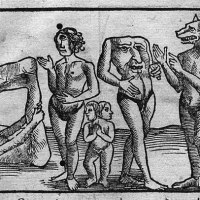

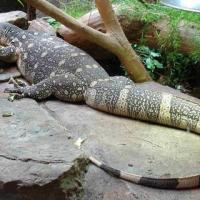
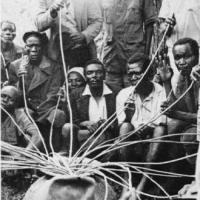
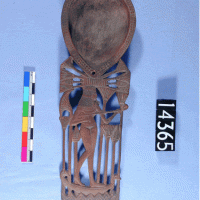














As always Diana, ! a most interesting post Thanks for sharing.
LikeLike
Thanks, Rita and so glad that you enjoyed it!
LikeLike